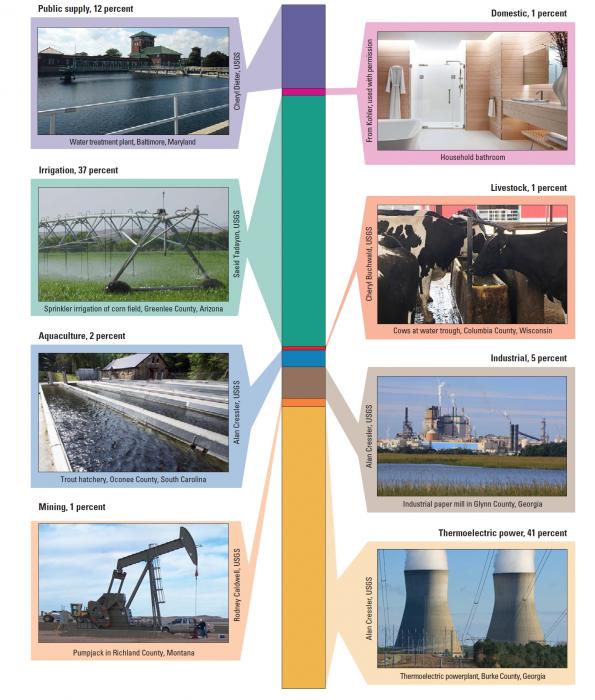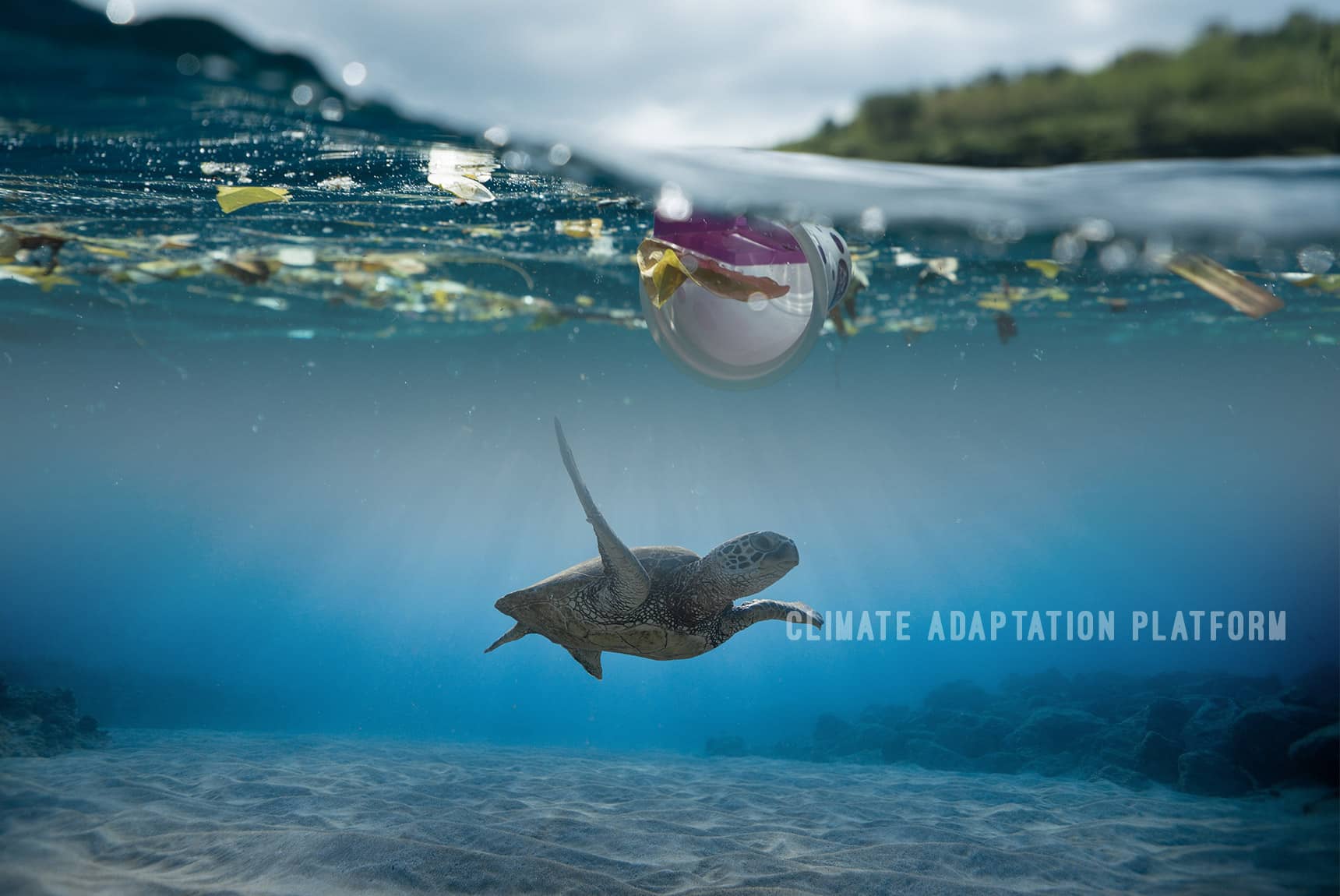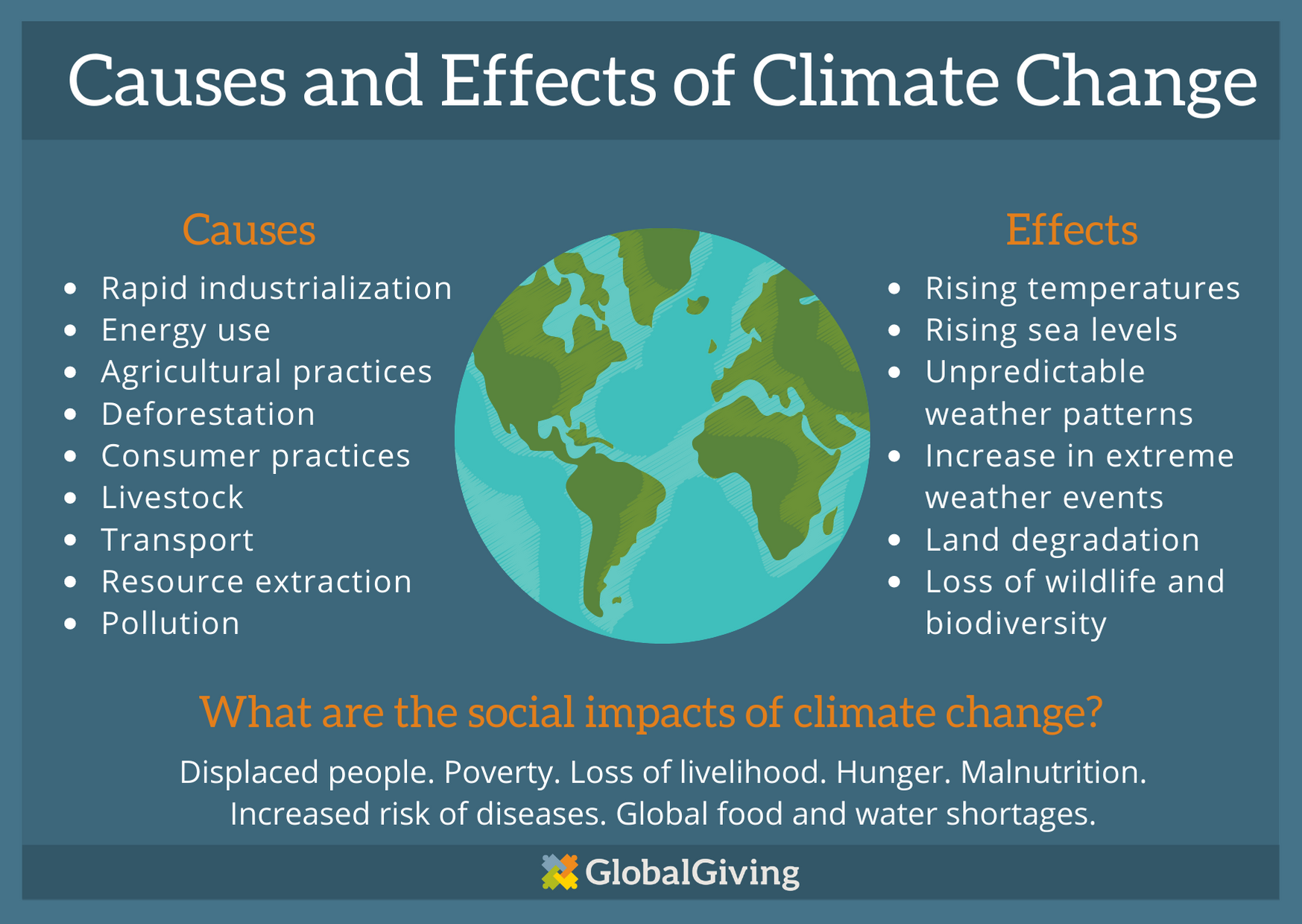Introduction
Water is the essence of life, and its conservation has never been more critical. With the growing concerns of climate change, it’s essential to find innovative ways to protect and preserve our planet’s most vital resource. Fortunately, advancements in technology are offering us new tools and strategies to address water scarcity and reduce our environmental impact.
In this blog post, we’ll delve into some of the most exciting and groundbreaking water conservation technologies that are making a significant difference in the world. From smart irrigation systems to advanced wastewater treatment methods, these innovations are not only helping us conserve water but also play a crucial role in the fight against climate change.
- Smart Irrigation Systems
One of the most significant contributors to water waste is inefficient irrigation practices in agriculture and landscaping. Traditional irrigation methods often result in overwatering or inadequate hydration for plants. However, smart irrigation systems are changing the game.
These systems use data and sensors to monitor soil moisture levels, weather conditions, and plant requirements in real-time. They can adjust watering schedules and volumes accordingly, ensuring that plants receive just the right amount of water, reducing waste and conserving this precious resource. The result is healthier crops and landscapes, along with significant water savings.
- Greywater Recycling
Greywater, the relatively clean wastewater generated from showers, sinks, and laundry, is often overlooked as a valuable resource. Innovative greywater recycling systems capture and treat this water for reuse in activities like toilet flushing and landscape irrigation.
By separating greywater from blackwater (sewage), these systems reduce the demand on freshwater sources and reduce the energy required for water treatment. This not only conserves water but also decreases the carbon footprint associated with traditional wastewater treatment methods.
- Atmospheric Water Generators
As climate change alters weather patterns and exacerbates droughts in some regions, finding alternative sources of freshwater becomes imperative. Atmospheric water generators (AWGs) extract water directly from the air. These devices use a combination of cooling and condensation techniques to create potable water from moisture in the atmosphere.
AWGs are particularly useful in arid regions where traditional water sources are scarce. They offer a sustainable way to produce freshwater without relying on groundwater or surface water, thus reducing pressure on local ecosystems.
- Advanced Desalination Techniques
Desalination, the process of removing salt and other impurities from seawater to make it suitable for drinking and irrigation, has been around for decades. However, traditional desalination methods are energy-intensive and can harm marine ecosystems due to the brine discharge.
In recent years, researchers have been working on more environmentally friendly desalination technologies, such as forward osmosis and pressure-retarded osmosis. These methods are less energy-intensive and produce less harmful brine, making desalination a more sustainable solution for water-scarce regions.
- Leak Detection and Repair Systems
Leakage in water distribution systems is a significant contributor to water waste. It’s estimated that a substantial portion of the treated water never reaches its intended destination due to leaks in pipes and infrastructure.
Advanced leak detection systems, equipped with sensors and data analytics, can identify leaks in real-time and provide accurate information on their location and severity. This allows for prompt repairs, reducing water losses and the associated energy costs of treating and pumping wasted water.
- Xeriscaping and Drought-Tolerant Plants
While not a technology in the traditional sense, xeriscaping and the use of drought-tolerant plants in landscaping are essential components of water conservation efforts. By designing landscapes that require minimal irrigation and choosing plants adapted to local climate conditions, homeowners and businesses can significantly reduce their water usage.
Xeriscaping also helps mitigate the urban heat island effect, reducing energy consumption for cooling in urban areas, which indirectly contributes to climate change mitigation.
- Mobile Apps for Water Management
In the age of smartphones and connectivity, mobile apps have emerged as valuable tools for water conservation. These apps allow users to monitor their water usage, set goals for reduction, and receive real-time alerts for leaks or unusual consumption.
Furthermore, some apps integrate weather data and local water restrictions, helping users make informed decisions about when and how much to water their lawns or gardens. These small but impactful innovations empower individuals to take control of their water consumption and contribute to broader conservation efforts.
Conclusion
Water conservation is a critical aspect of our collective response to climate change. As we face increasing challenges related to water scarcity and environmental degradation, innovative technologies are offering us hope and practical solutions. From smart irrigation systems to atmospheric water generators and advanced desalination techniques, these innovations are not only conserving water but also reducing our impact on the planet.
As individuals, communities, and industries embrace these technologies, we move one step closer to a more sustainable and water-secure future. It’s imperative that we continue to support and invest in these innovative water conservation technologies as we work together to combat climate change and protect this invaluable resource for generations to come.





